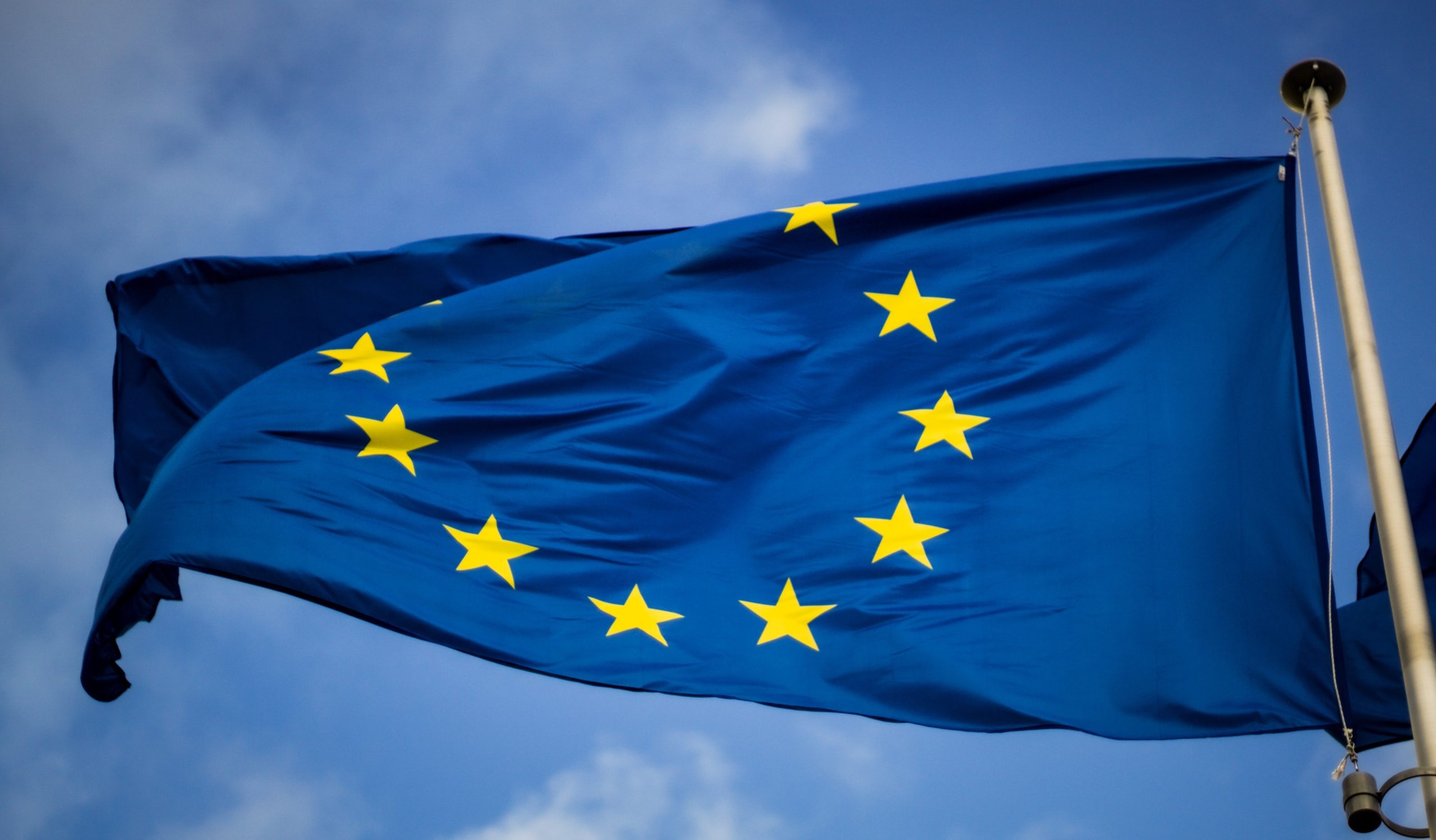According to Directive 89/552/EEC[1], ‘surreptitious advertising’ means the forbidden representation ‘intended by the broadcaster to serve advertising’ and which ‘is considered to be intentional in particular [emphasis added]if it is done in return for payment or for similar consideration’.[2] As suggested by the European Commission in the 2006 communication on Better Regulation for Growth and Jobs in the European Union and later made cleared in Directive 2007/65/EU[3], ‘each national legislature should decide under what conditions co-regulation and/or self-regulation instruments are used at national level, how the interested parties should be appointed to form the relevant bodies and what penalties the legislature imposes in the event of failure by the appointed self-regulation bodies [emphasis added]’.
By judgment delivered on 9 June 2011 in Case C‑52/10 Eleftheri tileorasi and Giannikos, the European Court of Justice (ECJ) clarified that the lack of payment (or consideration of another kind) does not mean that the existence of an intention to surreptitiously advertise can be ruled out.
The clarification was provided in relation to a preliminary reference[4] by the Greek State Council (Simvoulio tis Epikratias), regarding a ‘surreptitious advertising’ contained in a television program broadcasted on 12 November 2003 by ‘Alter Channel’ (a private Greek tv channel).
In that case, pursuant to the applicable national law on advertisement (i.e. ‘Presidential Decree 100/2000 concerning surreptitious advertising – FEK A’ 98’)[5], the Greek National Council for Radio and Television (Ethniko Simvoulio Radiotileorasis – ESR) imposed to both the Greek television company managing ‘Alter Channel’ and to its president a penalty equal to Euro 25,000 on the ground that the television programme in question contained a surreptitious advertising of a treatment for teeth whitening.
The preliminary reference concerned whether Article 1 (d) of Directive 89/552/EEC, as later amended in 1997,[6] is to be interpreted ‘as meaning that, in the context of “surreptitious advertising”, the provision of payment or of consideration of another kind is a necessary defining element [emphasis added]of the intention to advertise’.[7]
In the judgment under review, the ECJ pointed out that:
(i) the prohibition of ‘surreptitious advertising’ shall be applied according to a presumption to be broadly construed. This means that the prohibition ‘should not be so narrowly construed that such a representation may be regarded as intentional only if [emphasis added] it is done in return for payment or for similar consideration’.
The extensive interpretation is coherent with the general aim of Directive 89/552/EEC, which is to ensure that the interests of consumers as television viewers are fully and properly protected. However, according to the ECJ the Directive 89/552/EEC allows Member States to set more detailed or stricter rules and in certain circumstances to lay down different conditions for television broadcasters under their jurisdiction.
In light of the above, the ECJ found that:
(i) the lack of payment (or consideration of another kind) does not mean that the existence of an intention to surreptitiously advertise can be ruled out. This conclusion was reached in light of the difficulty, or even the impossibility, in certain cases of proving that there has been provision of payment (or consideration of another kind) for advertising which nevertheless displays all the characteristics of surreptitious advertising; and, in addition, that
(ii) Member States are allowed to provide in their legislation other criteria – in addition to the provision of payment or of consideration of another kind – for establishing the intentional nature of surreptitious advertising[8].
It is worth recalling that, under Article 267 TFEU, the clarification rendered by the ECJ in the case under review provides the mandatory interpretation to be applied ex tunc (i.e. from the entrance into force of Directive 89/552/EEC) and uniformly by all EU Member States with regard to the national implementing provisions.
In Italy, the national legal framework on surreptitious advertisement is currently provided by Legislative Decree No 177/2005 ‘Consolidated law on audiovisual and radio media services’[9], which transposed Directive 89/552/EEC as lastly amended by Directive 2007/65/EU. In the interpretation of Legislative Decree No 177/2005, national judges shall duly apply the notion of surreptitious advertising in compliance with the clarification rendered by the ECJ in the judgement under review.
([1]) Council Directive 89/552/EEC of 3 October 1989 on the coordination of certain provisions laid down by Law, Regulation or Administrative Action in Member States concerning the pursuit of television broadcasting activities (in OJEC No 298 of 17 October 1989, p. 23–30).
([2]) Under Article 1(c) and (d) of Directive 89/552/EEC in force before 2007, ‘For the purpose of this Directive: […] (c) ‘television advertising’ means any form of announcement broadcast whether in return for payment or for similar consideration or broadcast for self-promotional purposes by a public or private undertaking in connection with a trade, business, craft or profession in order to promote the supply of goods or services, including immovable property, rights and obligations, in return for payment; (d) ‘surreptitious advertising’ means the representation in words or pictures of goods, services, the name, the trade mark or the activities of a producer of goods or a provider of services in programmes when such representation is intended by the broadcaster to serve advertising and might mislead the public as to its nature. Such representation is considered to be intentional in particular if it is done in return for payment or for similar consideration’.
([3]) Please see Recital 36 of Directive 2007/65/EU of the European Parliament and of the Council of 11 December 2007 amending Council Directive 89/552/EEC on the coordination of certain provisions laid down by law, regulation or administrative action in Member States concerning the pursuit of television broadcasting activities (in OJEU No 332 of 18 December 2007, p. 27–45).
([4]) Under Article 267 TFEU: ‘The Court of Justice of the European Union shall have jurisdiction to give preliminary rulings concerning: (a) the interpretation of the Treaties; (b) the validity and interpretation of acts of the institutions, bodies, offices or agencies of the Union; Where such a question is raised before any court or tribunal of a Member State, that court or tribunal may, if it considers that a decision on the question is necessary to enable it to give judgment, request the Court to give a ruling thereon […]’.
([5]) See paragraph 6 of the judgement delivered on 9 June 2011 in Case C‑52/10 Eleftheri tileorasi and Giannikos.
([6])Directive 97/36/EC of the European Parliament and of the Council of 30 June 1997 (in OJECNo 202 of 30 July 1997, p. 60–70).
([7]) Please see also paragraph 17 of the judgement delivered on 9 June 2011 in Case C‑52/10 Eleftheri tileorasi and Giannikos.
([8]) Ibidem, please see paragraphs 36 and 37.
([9]) Italian Legislative Decree no. 177 on 31 July 2005 ‘Testo unico dei servizi di media audiovisivi e radiofonici’ (in GURI No 208 on 7 September 2005 – S.O. No 150) , as later amended by the Italian Legislative Decree 15 March 2010, no. 44 of transposition of Directive 2007/65/EU. (in GURI No 73 of 29 March 2010).


